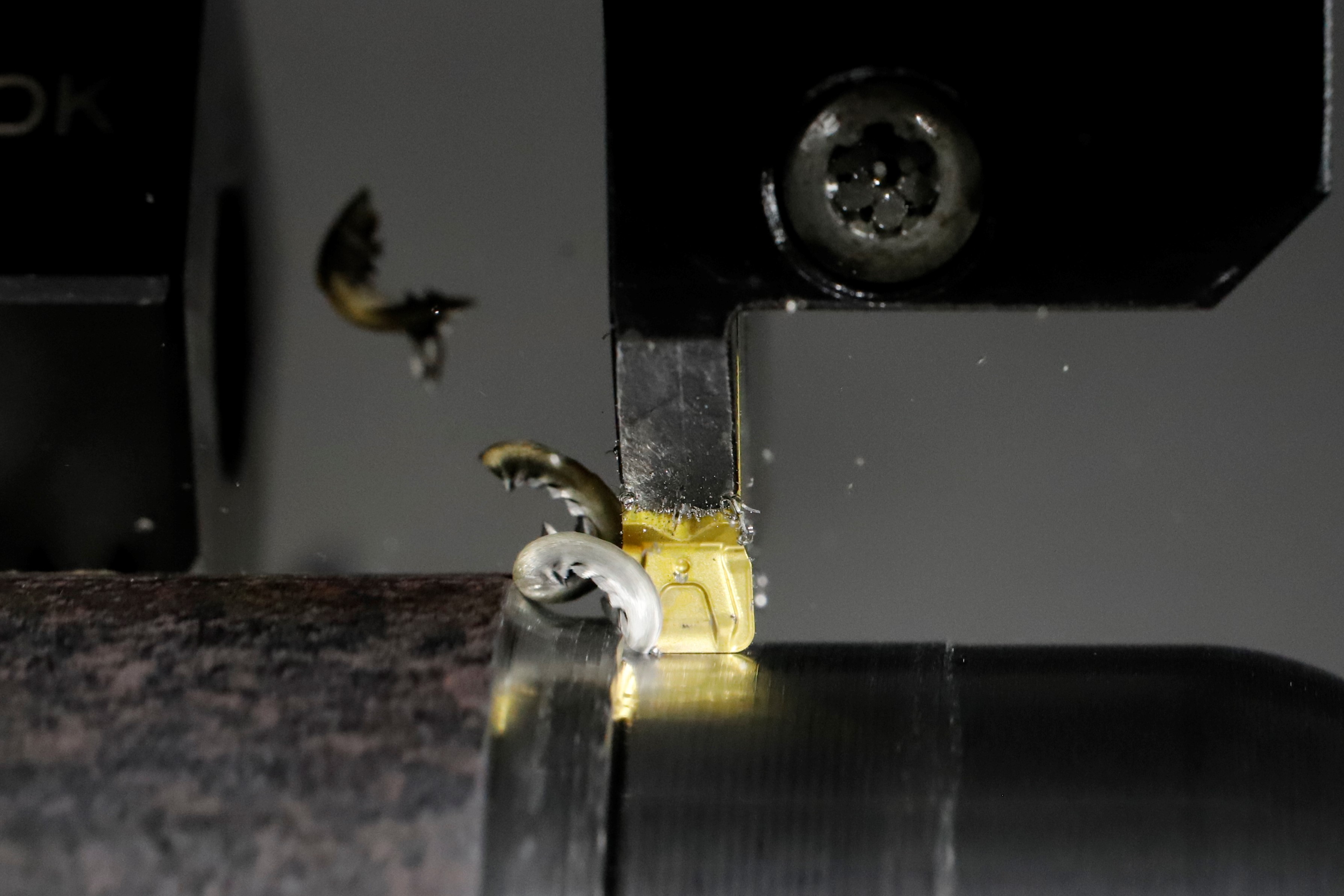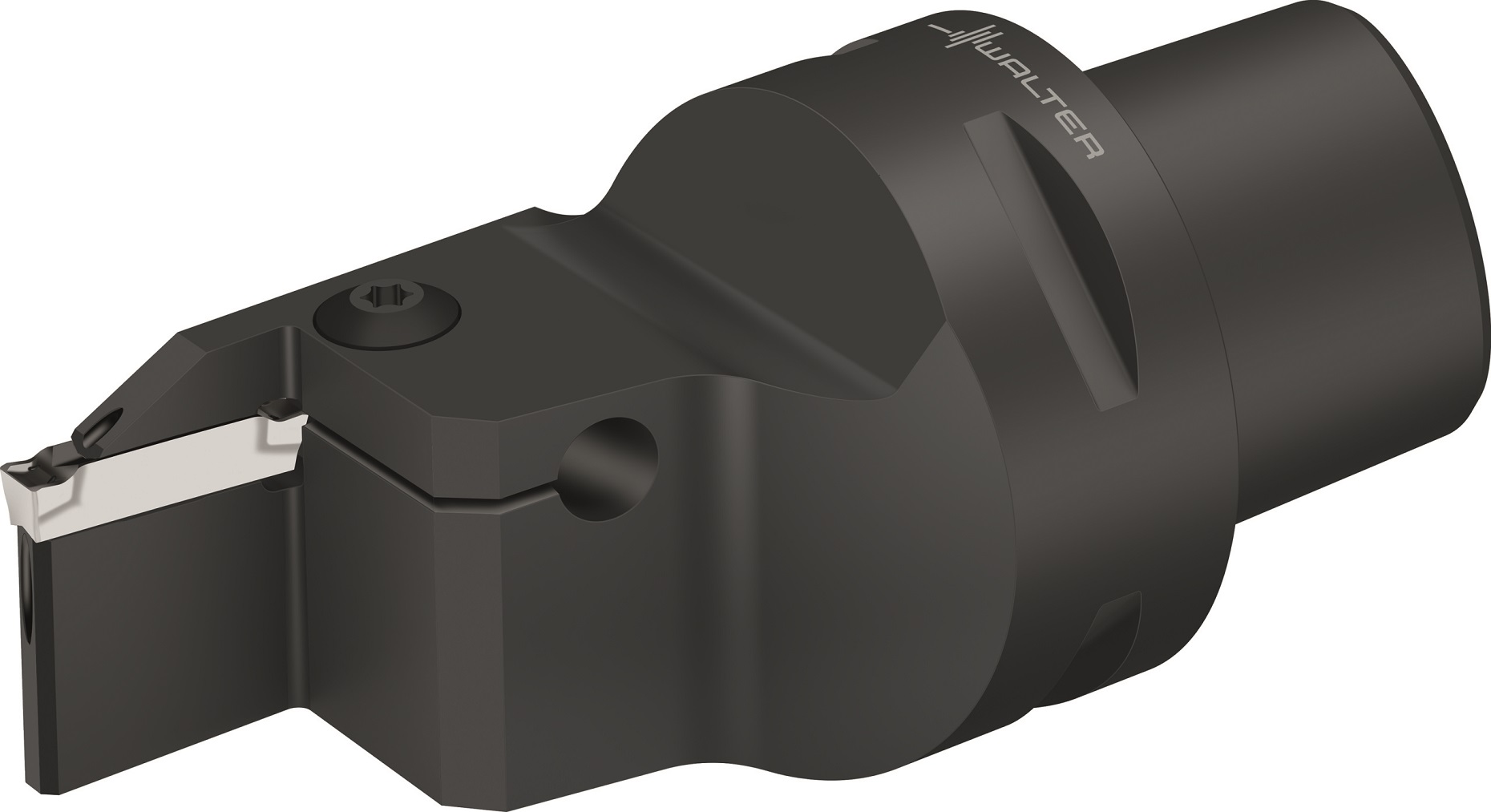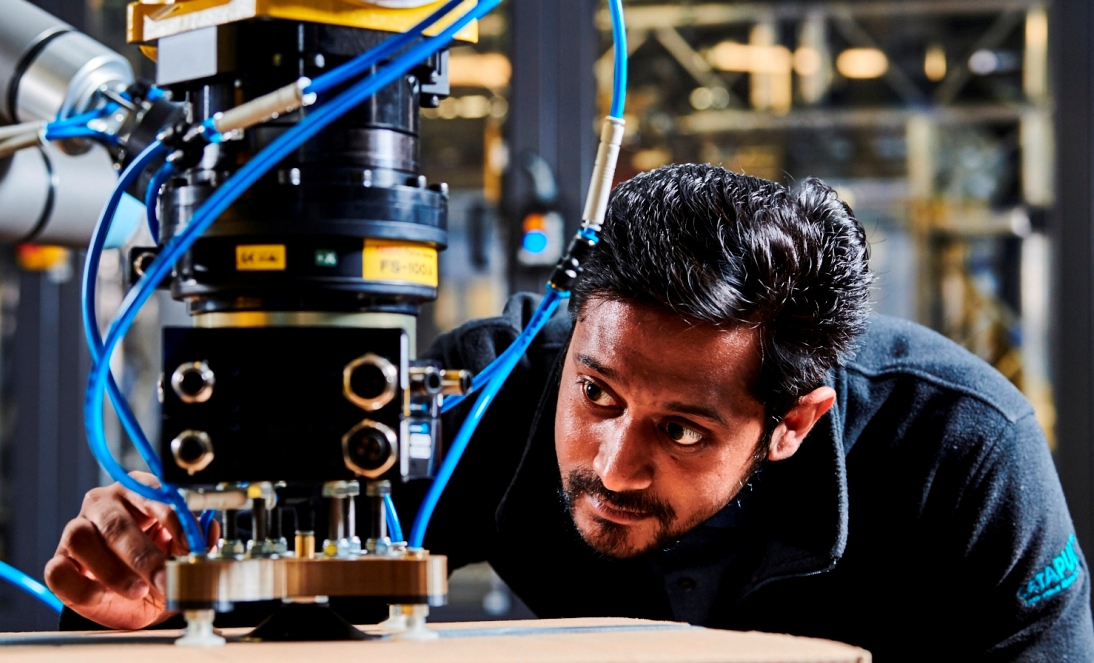
Customers of Seco Tools can reduce the time they need for process optimisation with quick, expert tooling recommendations through the recently redesigned Suggest portlet, a free online resource available 24/7.
As machining jobs become more complex, tolerances tighter, delivery times shorter and skilled operators harder to find, shops need reliable access to advice that helps them find the most efficient tooling solutions. After a user enters key information about their machines and application requirements into Suggest, they receive authoritative recommendations and cutting data in less than a minute.
Suggest provides real-time access to Seco product information and recommended cutting data for most Seco products, enabling shops to minimise cycle times.
“Any reduction in machining time helps shops maintain competitive advantages, but traditional cutting tool selection can be difficult and time consuming, especially for less-experienced operators,” says Gerrit Kremer, global product manager – digital product services.
As more than one tooling solution can address each machining situation, Suggest also lists alternative products that may be a better fit for a user’s unique prerequisites. For shops that need to optimise thread programming, Suggest accompanies application details with fully optimised CNC code.
Newly optimised for even easier use, Suggest helps shops get cutting data and tooling recommendations quickly and accurately. With this comprehensive solution to their questions about cutting strategies, Seco Tools says that customers can leverage the company’s expertise to achieve their best production results.
For further information
www.secotools.com























